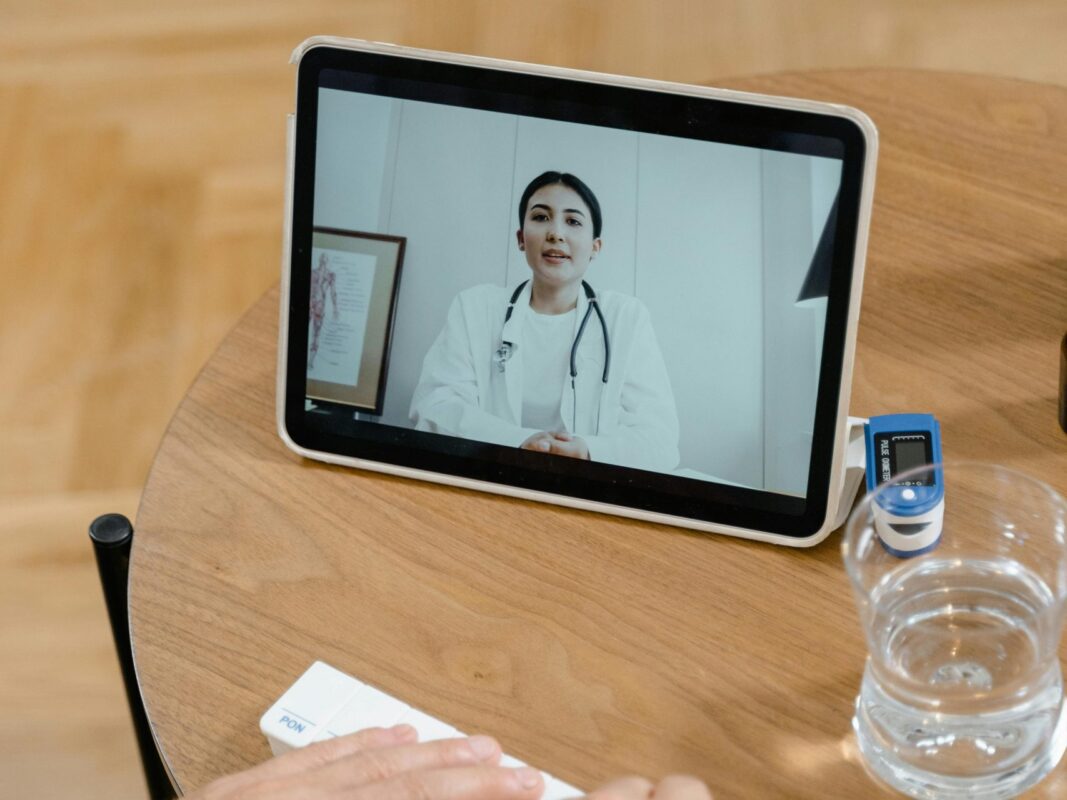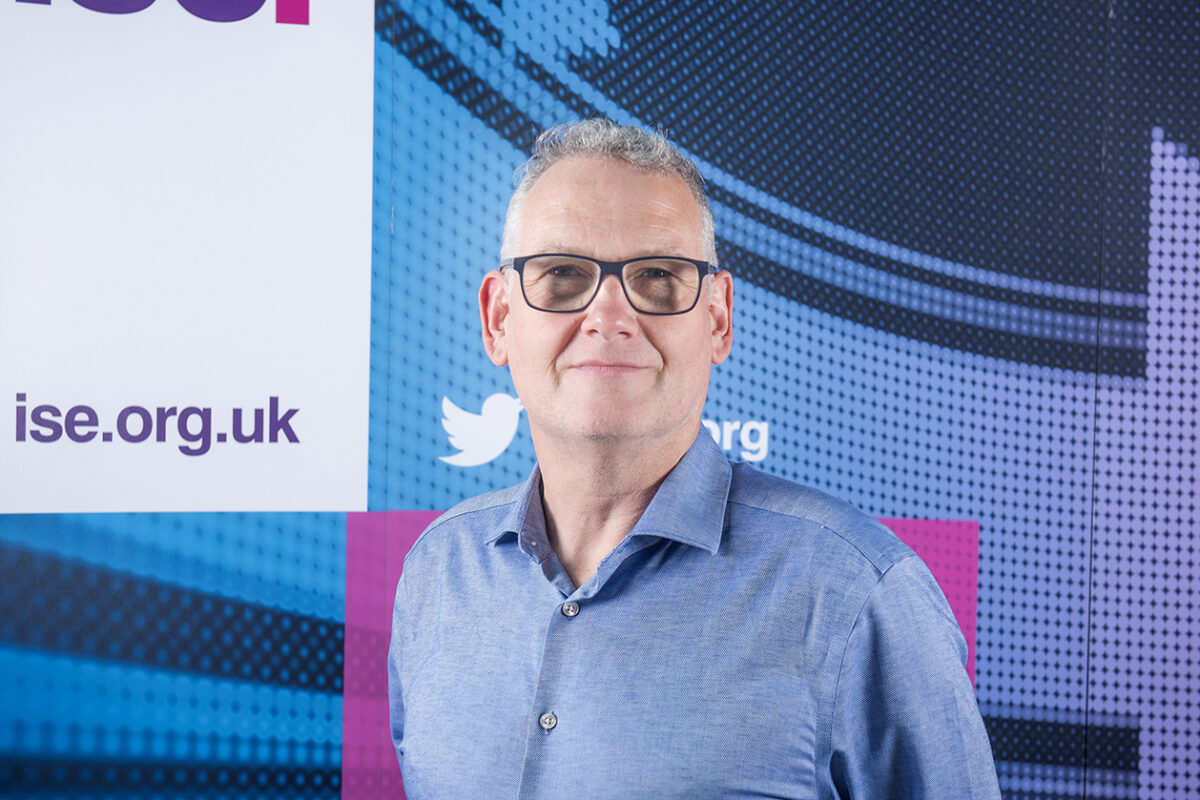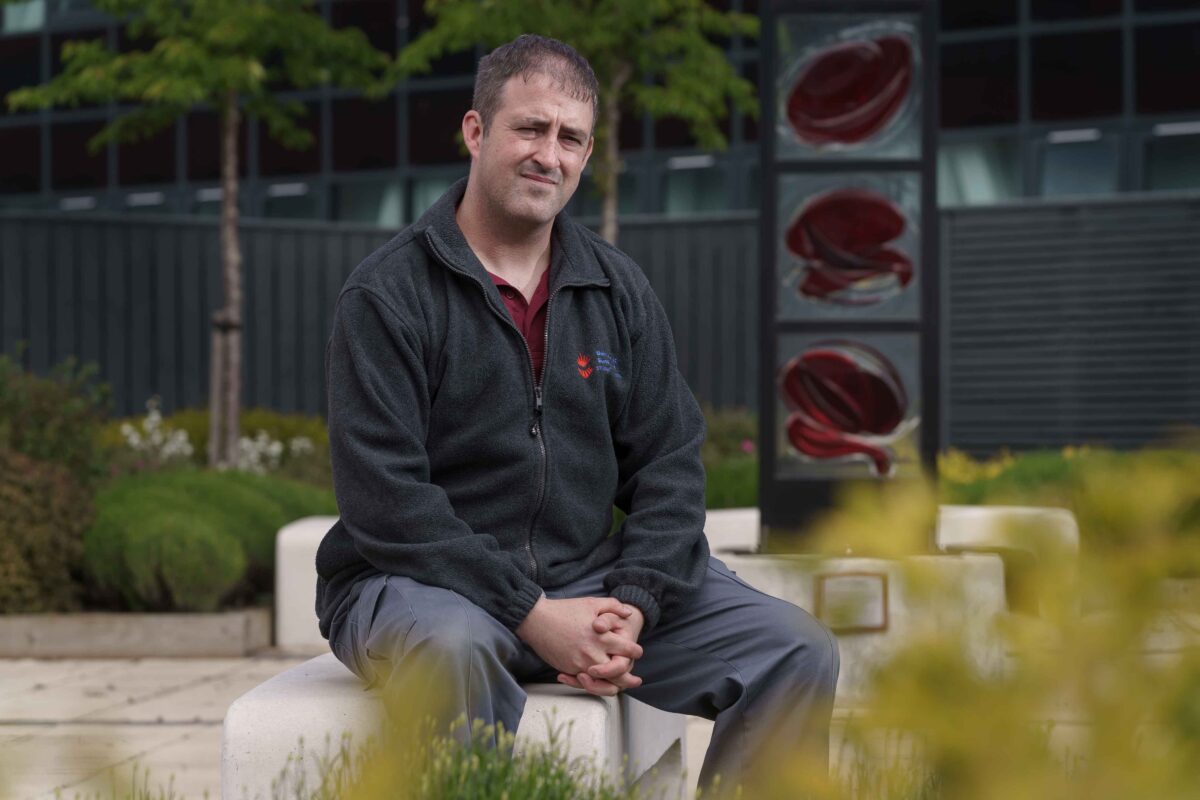Streamlining Student IT: A New Approach for HE

IT may not be the first thing you think about when planning your new student onboarding. However, providing people with the right computer equipment from the get-go helps lay the foundations for future success and helps ensure students are work-ready. Novatech’s David Furby outlines a new IT onboarding approach higher education institutions are adopting, and how it improves the student experience.
Starting higher education (HE) is a period of huge change. For many, it requires a leap into the unknown. It is therefore essential that those first few weeks go smoothly, to ensure students get off to a good start, and can lay foundations for the good academic performance that will see them succeed in their studies and help prepare them to be ready for the workplace and their future careers.
Lots of attention is often channelled into the student experience during the early days of HE. Freshers’ weeks, course inductions, buddy systems, and more, are all part of the mix. But one area that does not traditionally get as much attention, is IT onboarding.
Why good IT is essential for today’s students
Granted, IT may not sound as exciting as freshers’ week parties. But when you consider why people enrol in HE – to develop their skills and knowledge – technology is one of the most important enablers of future success.
Alongside the all-important face-to-face contact time, most HE courses incorporate digital elements, such as e-learning, online coursework submission, remote collaboration and support communities. This IT-enabled approach provides a more engaging and inclusive environment for students, enabling individuals to learn in their own way, at their own pace.
It makes resources more easily accessible, and in different formats. No more waiting for limited numbers of library books when there is a digital copy students can access from anywhere at any time. Missed a lecture, or want to recap on some of the topics that were covered? Play the recording or read the transcript on-demand.
Digital learning enables HE institutions to support students in other ways as well. Properly integrated technology ecosystems enable course leaders and pastoral staff to analyse student performance, spot potential problems, and proactively offer help where it is needed.
Put together, by creating a more engaging, inclusive learning environment using modern IT, colleges and universities can support higher student retention and success rates.
Moreover, where HE institutions take it upon themselves to supply high-quality IT equipment to students, it can help tackle existing inequalities in educational outcomes, by ensuring everyone enrolling has access to the computers they need, regardless of their financial position.
The challenge for higher education IT teams
Despite the many benefits of doing so, providing students with IT equipment represents a challenge for HE IT teams. Over a million people enrol in HE courses every year, and while they don’t all receive IT kit from their college or university, even the small percentage that do means tens of thousands of devices.
This places enormous strain on IT teams. As well as procuring and setting all those devices up to meet a huge variety of requirements, they will then need to manage the logistical challenge of distributing them, and fielding students’ questions as they get started.
And the headaches don’t end there – there is then the ongoing support when things go wrong, and the pressure of ensuring equipment is repaired or replaced quickly, to minimise impact on people’s studies.
A new student IT model is emerging
To tackle these challenges, and provide a better onboarding experience for students, we are seeing increasing numbers of HE institutions moving to a new model for student IT.
This includes offering students access to a self-service portal where they can request pre-authorised IT equipment prior to starting their course. The equipment is set up by a specialist partner and sent directly to the student, so that they can familiarise themselves with it before they start using it for their studies.
If any problems arise with students’ equipment during their time in HE, they log these issues via the same portal, and the university’s IT partner takes care of them, under a service level agreement (SLA).
Circular IT
The partner can also look after device reuse and recycling. E-waste is a massive challenge for the UK, and one of the ways we can all help tackle it is by maximising the lifetime of devices.
We are seeing this happen in UK HE: the University of Edinburgh, for example, found that it disposes of around 4,000 computers every year, but that up to a quarter of these could be reused, saving as much as £250,000 in IT purchasing costs. It has since rolled out a reuse programme that has seen the reuse of a fifth of PCs that would otherwise have been sent for recycling. Academics have put forward a range of suggestions to increase this proportion.
Of course, in the context of student IT, ensuring equipment is returned on graduation for reconditioning and subsequent reissue places further strain on in-house IT teams
However, under the partnership model that we are seeing HE institutions increasingly adopt, the process of collecting, reconditioning and reissuing equipment is handled by the specialist partner. And when devices do reach end of life, the partner is also responsible for recycling them and providing the necessary audit reporting to demonstrate responsible disposal.
A compelling proposition
When you combine all the benefits of this new, partner-driven, circular approach to student IT, it is unsurprising that we are seeing so much interest among HE organisations.
The promise of reduced IT purchasing costs, lower environmental footprint and significantly less strain on the in-house IT department are compelling. They enable HE institutions to reallocate people and money to where they can have greater impact on teaching and research. They support net zero plans. But more importantly, the change of approach improves the student experience, from the day people enrol, to the day they graduate. Helping ensure students have a standard of IT they can expert when they move into the workplace. Having the right IT and support gives people the foundations on which to thrive during their studies, and make the absolute most out of their time in higher education, whatever their area of study and whatever their background.
By David Furby, CEO and founder of Novatech












Responses